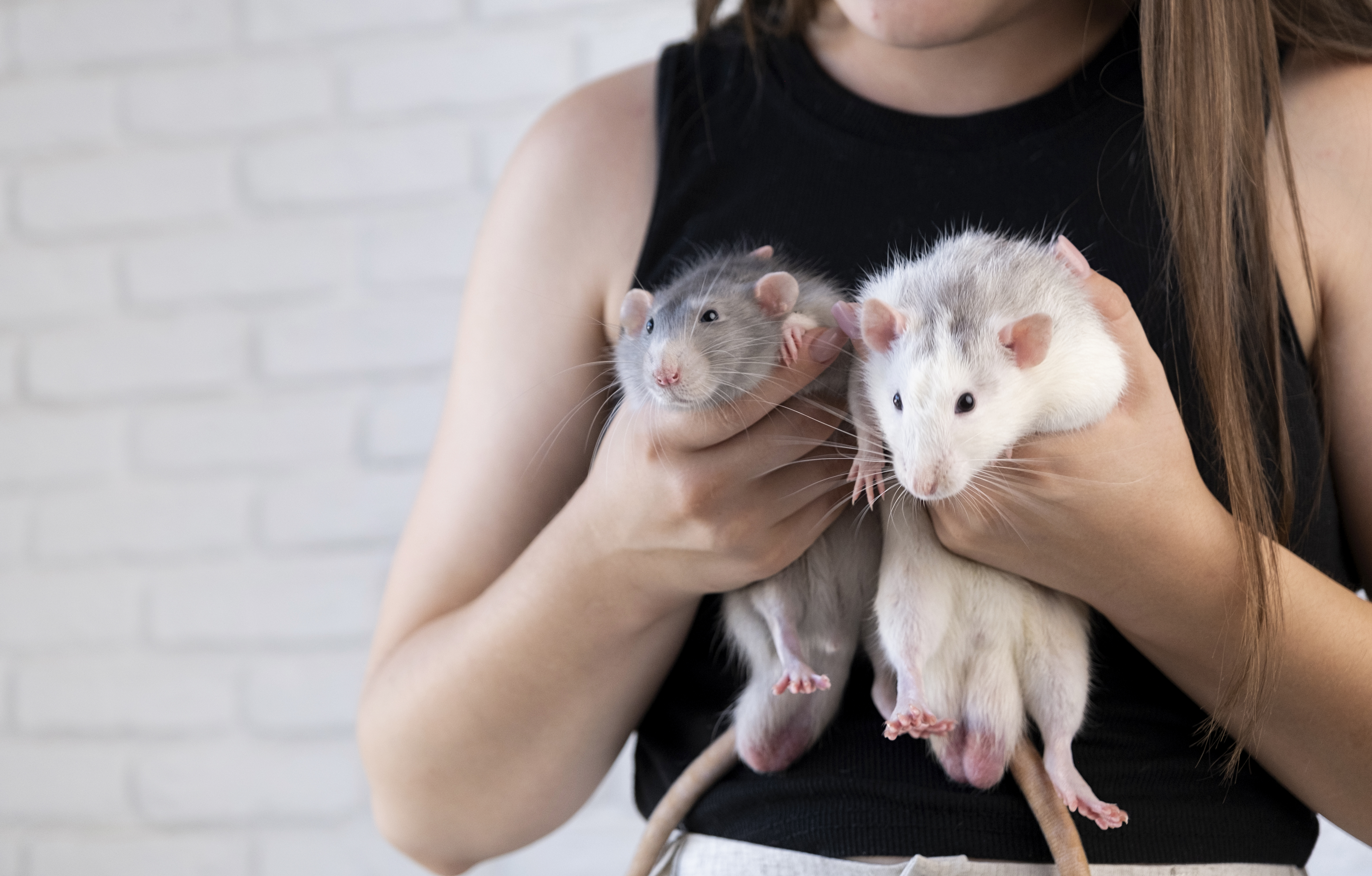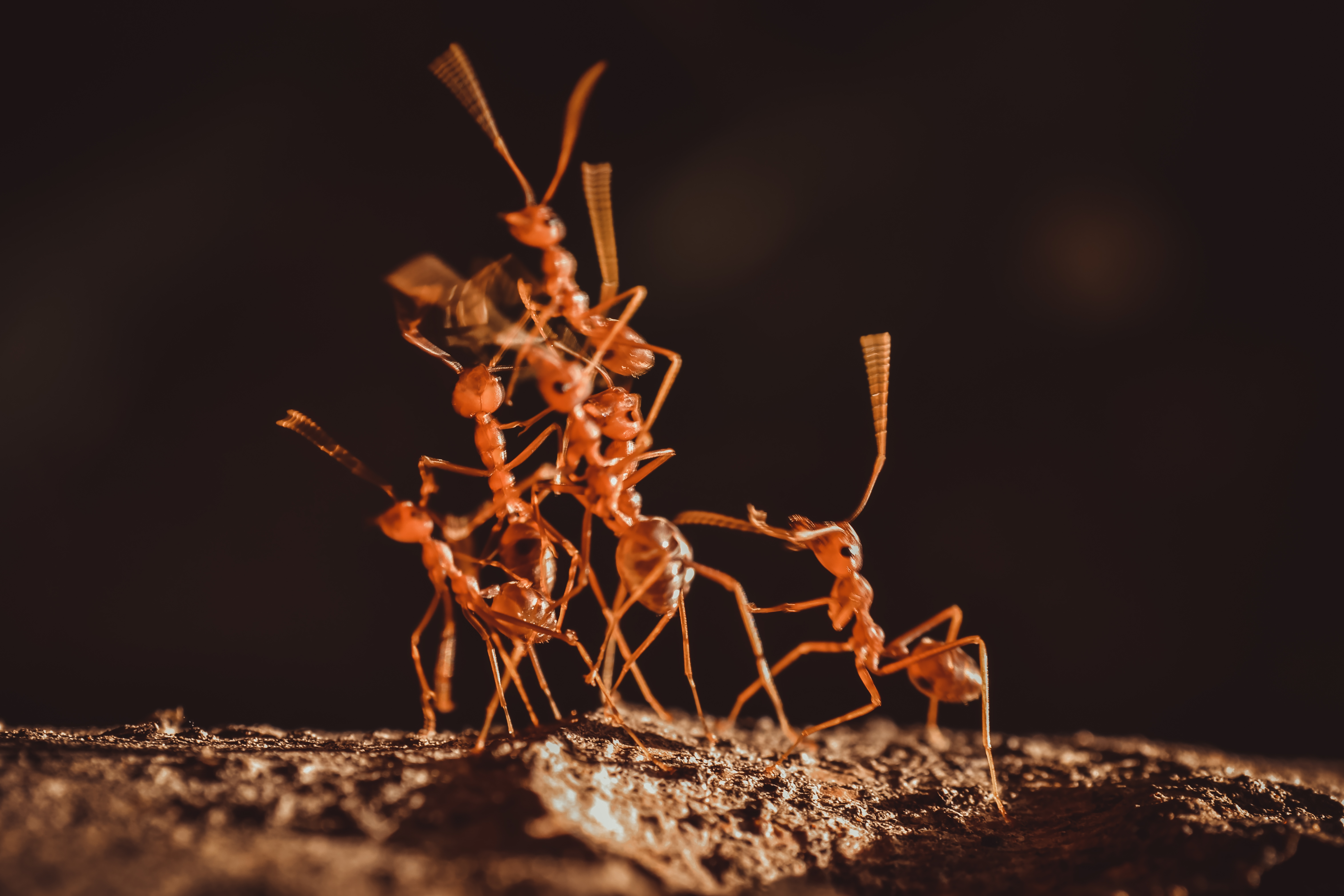More Than Just Pests: 7 Surprising Ways Rodents Actually Shape Ecosystems
Rodents, often dismissed as mere pests, play a surprisingly intricate role in the ecosystems they inhabit. While their presence in urban areas may be unwelcome, in the wild, they contribute significantly to ecological balance and biodiversity. These small mammals, with their diverse species ranging from mice to beavers, have evolved to fulfill various ecological roles that are crucial to many habitats. This article will explore seven surprising ways rodents shape ecosystems, from their role in seed dispersal to their influence on predator-prey dynamics, revealing the hidden complexity and importance of these often-misunderstood creatures.
Seed Dispersal Champions
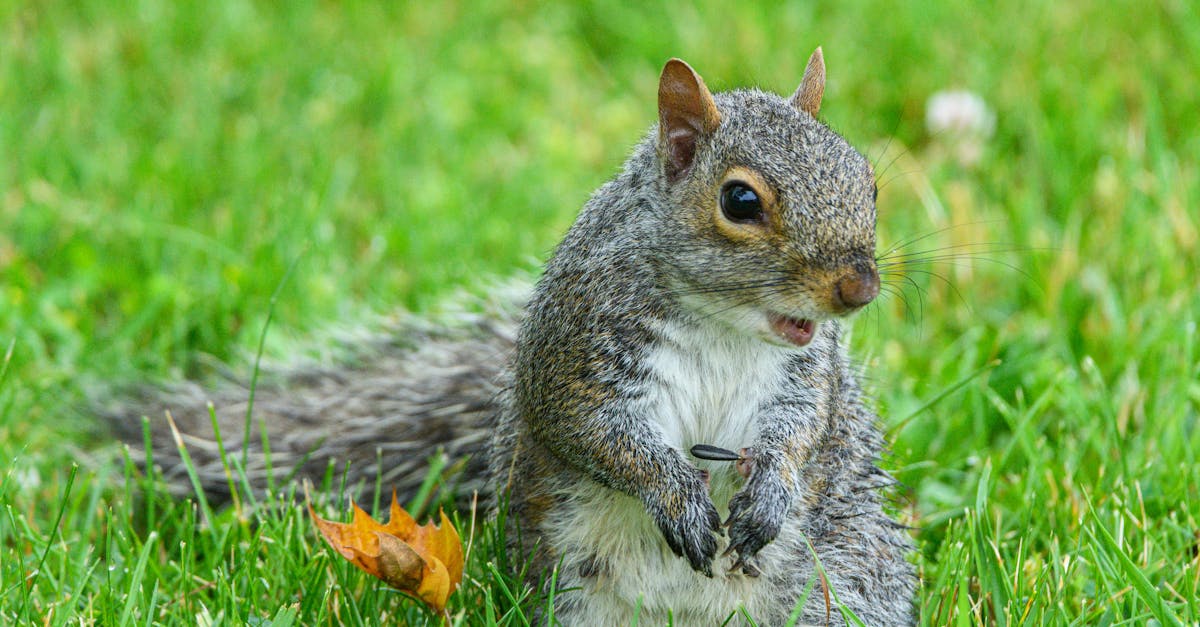
Rodents are unsung heroes in the realm of seed dispersal, a critical ecological process that supports plant diversity and regeneration. Many rodent species, such as squirrels and certain mice, collect seeds and nuts, storing them in various locations as a food reserve. However, not all stored seeds are retrieved, allowing them to germinate and grow into new plants. This behavior not only aids in the spread of plant species but also helps maintain genetic diversity within plant populations. By facilitating the growth of new plants, rodents indirectly support other wildlife that depends on these plants for food and habitat.
Soil Aeration and Fertility Enhancers
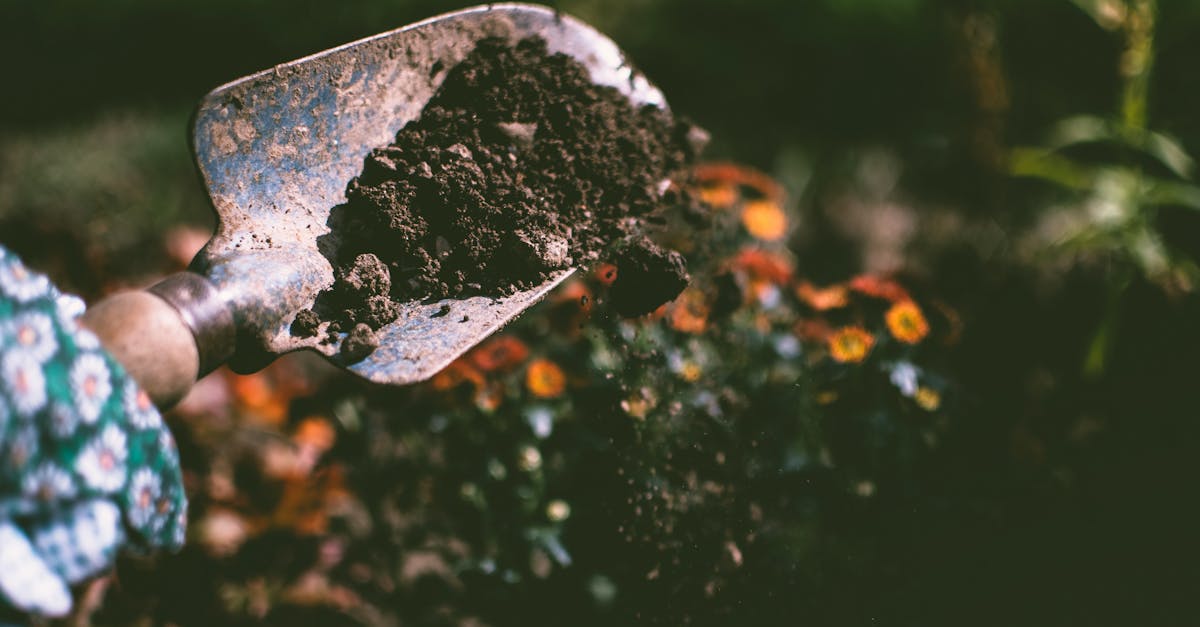
Through their burrowing activities, rodents like gophers and moles play a vital role in aerating the soil. Their digging actions help to mix soil layers, bringing nutrients from deeper layers to the surface and improving soil structure. This process enhances water infiltration and root penetration, promoting healthier plant growth. Additionally, the organic matter deposited by rodents in the form of feces and plant remains further enriches the soil. This natural tilling and fertilization process is crucial for maintaining soil health, supporting plant communities, and ultimately benefiting entire ecosystems.
Prey Base for Predators

Rodents form a significant part of the diet for many predators, including birds of prey, snakes, and carnivorous mammals. By serving as a primary food source, rodents help sustain predator populations, maintaining the balance within food webs. The abundance and availability of rodents can directly influence predator numbers, which in turn regulate other prey species, preventing overpopulation and resource depletion. This dynamic relationship underscores the importance of rodents in supporting biodiversity and ensuring the stability of ecological communities.
Ecosystem Engineers: Beavers
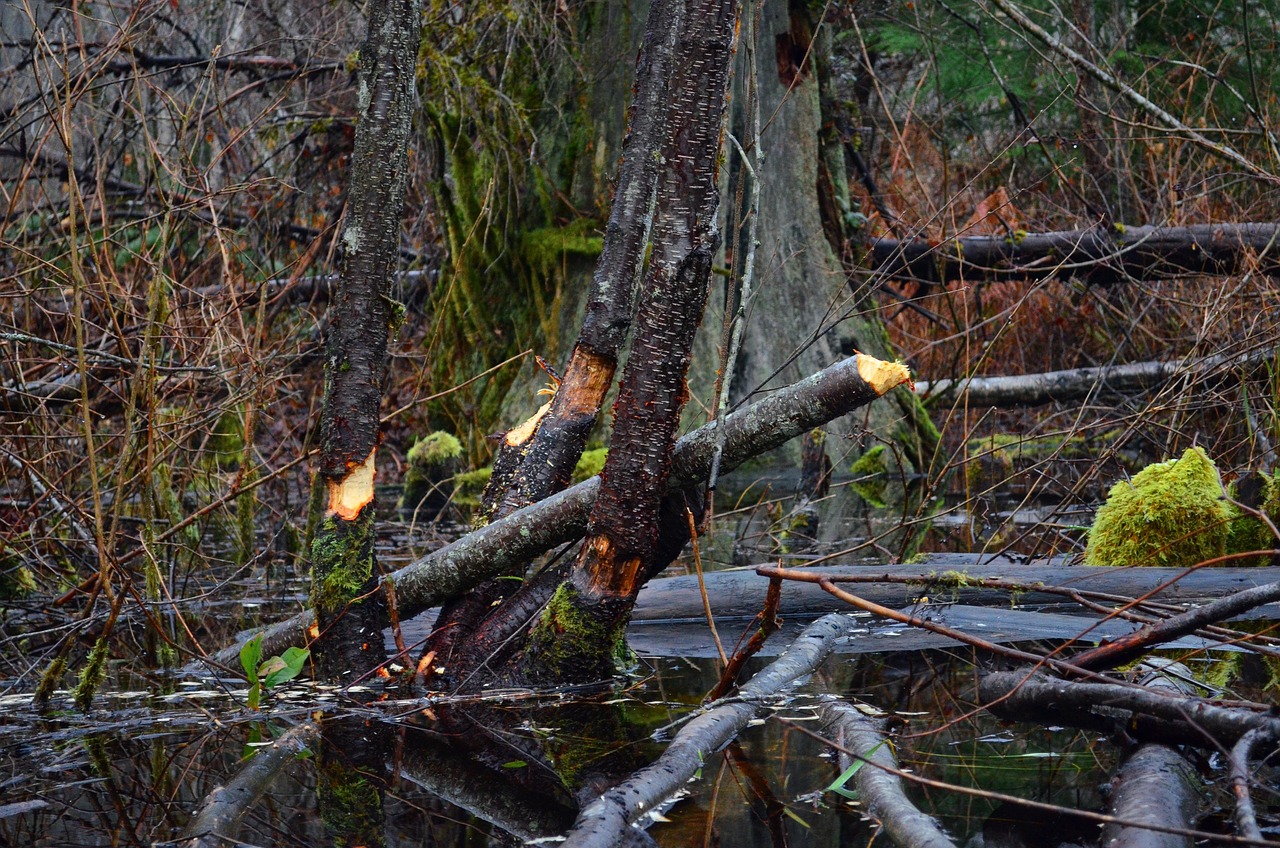
Beavers, often referred to as ecosystem engineers, have a profound impact on their environments through dam-building activities. By constructing dams, beavers create wetlands that serve as habitats for a myriad of species, including fish, amphibians, and birds. These wetlands also act as natural water filters, improving water quality by trapping sediments and pollutants. Moreover, beaver dams help regulate water flow, reducing the risk of floods and maintaining water levels during dry periods. The transformative effects of beaver activities highlight the significant role rodents can play in shaping and sustaining ecosystems.
Disease Regulation and Biodiversity
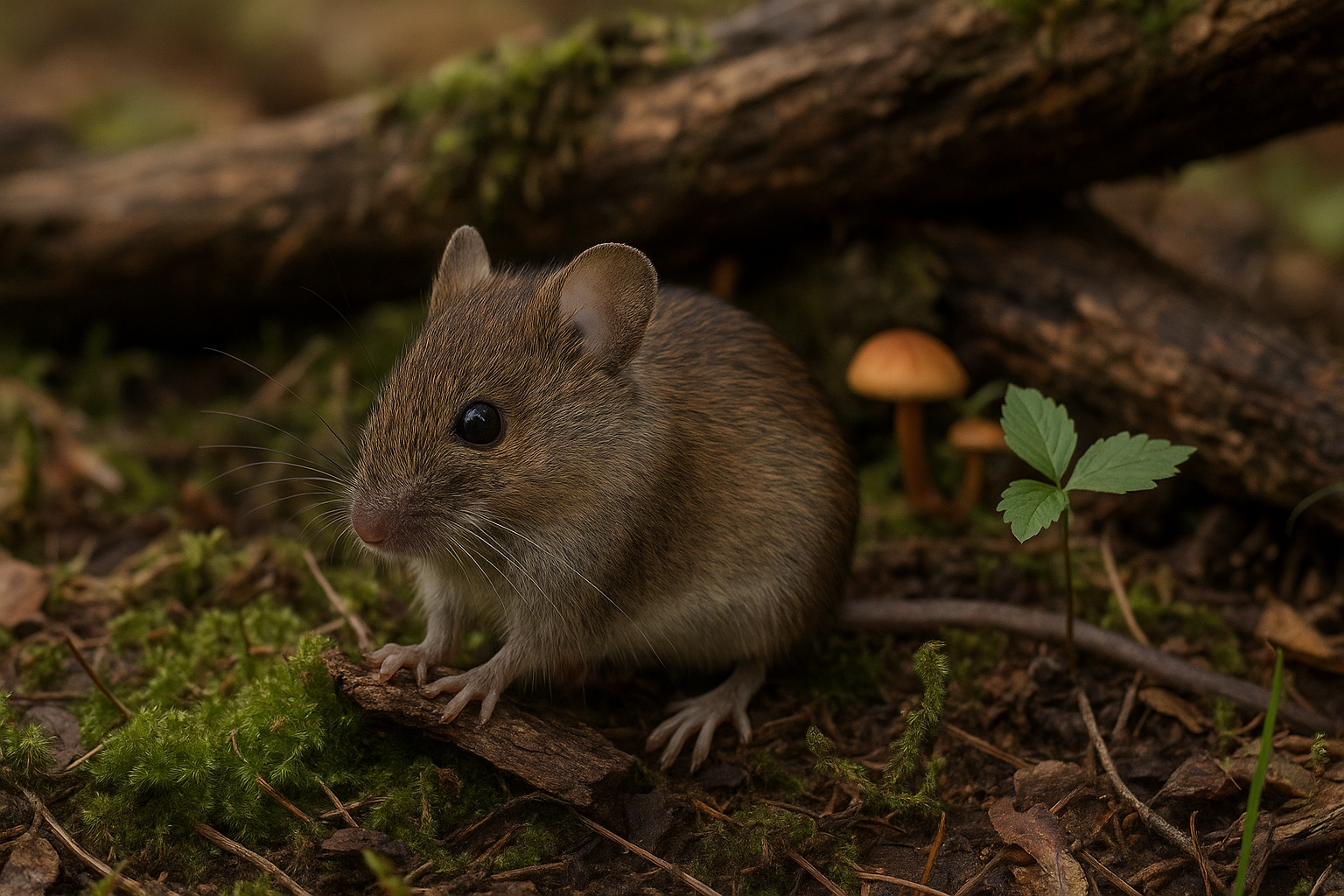
While rodents are often associated with disease transmission, they also play a role in regulating disease dynamics within ecosystems. By acting as hosts for various parasites and pathogens, rodents can influence disease spread among wildlife populations. This interaction can help control disease outbreaks by limiting the population size of susceptible species, thus maintaining biodiversity. Additionally, the presence of diverse rodent species can dilute the impact of certain diseases, reducing the risk of transmission to other animals and humans. This complex interplay between rodents and disease highlights their indirect yet crucial role in ecosystem health.
Nutrient Cycling and Decomposition
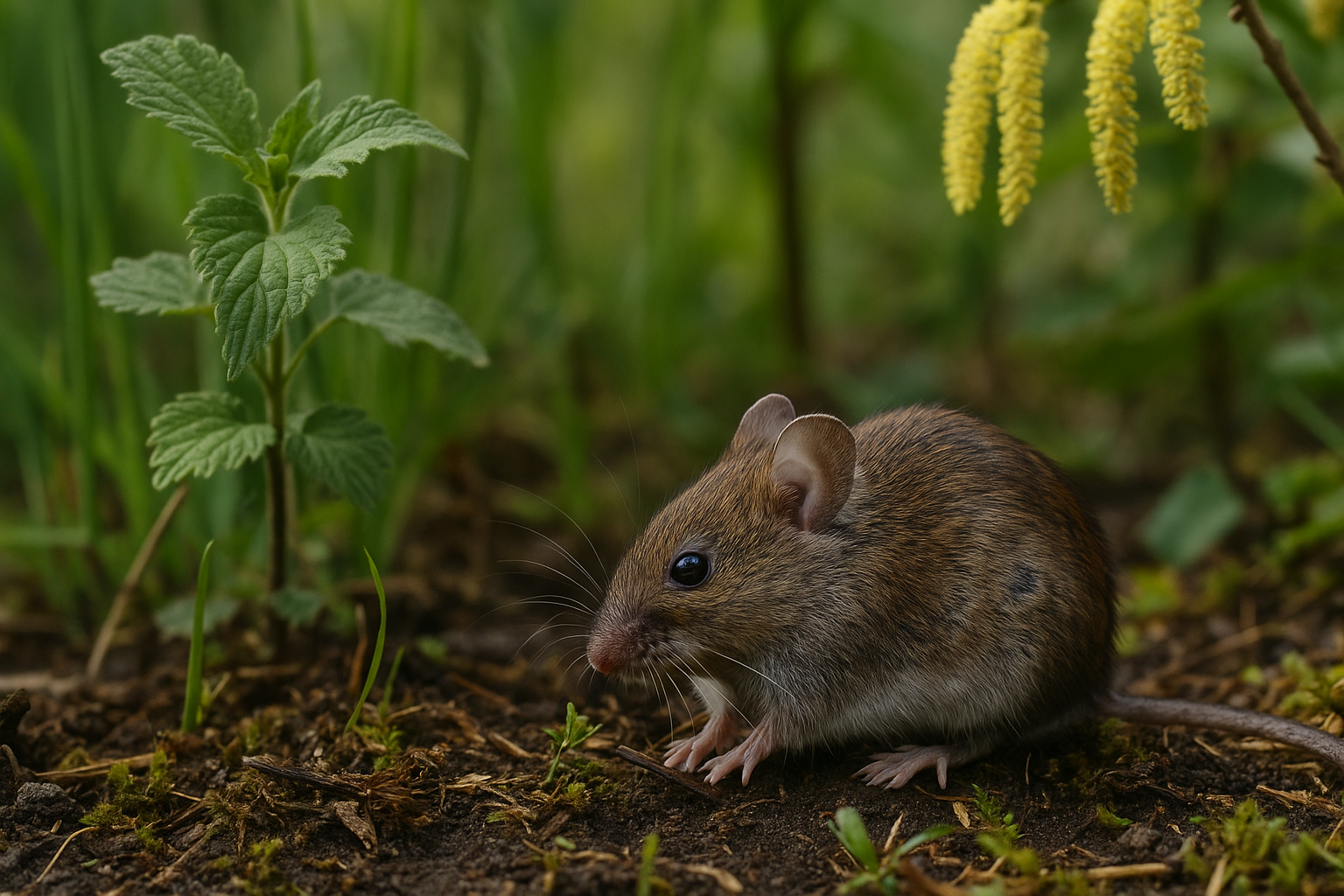
Rodents contribute to nutrient cycling and decomposition processes through their foraging and nesting behaviors. By feeding on a variety of organic materials, rodents help break down plant matter, accelerating decomposition and nutrient release into the soil. Their nesting activities, which often involve collecting leaves and other plant materials, further contribute to this process. The recycling of nutrients facilitated by rodents supports plant growth and sustains the productivity of ecosystems. This role is particularly important in forested and grassland areas, where nutrient cycling is essential for maintaining ecological balance.
Genetic Dispersal and Evolution
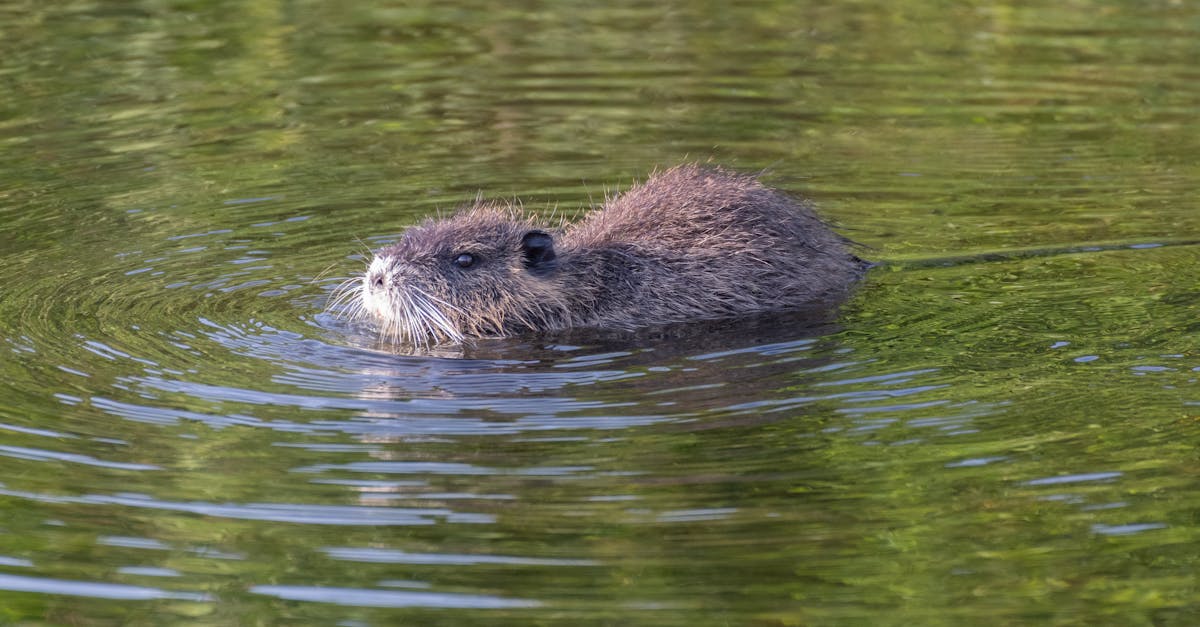
Rodents, with their high reproductive rates and mobility, play a role in the genetic dispersal and evolution of both plant and animal species. As they move through their habitats, rodents inadvertently transport seeds, spores, and even small invertebrates, facilitating gene flow across populations. This movement can lead to increased genetic diversity, which is vital for species adaptation and resilience to environmental changes. Moreover, the selective pressures exerted by rodent predation and herbivory can drive evolutionary changes in other species, highlighting their influence on the evolutionary trajectories within ecosystems.
Embracing the Complexity
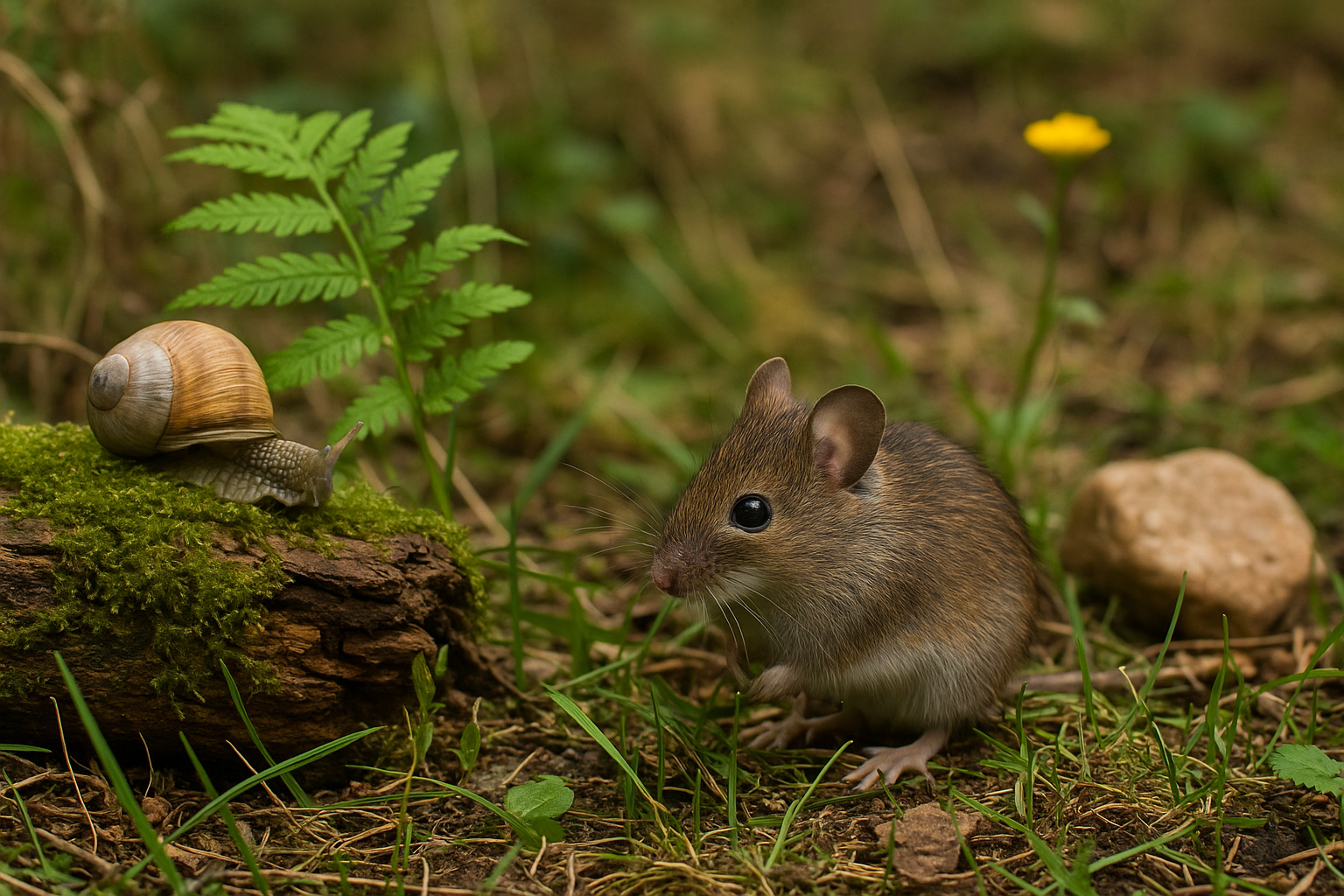
Understanding the multifaceted roles rodents play in ecosystems reveals a picture far more complex than that of mere pests. From their contributions to seed dispersal and soil health to their influence on predator-prey dynamics and disease regulation, rodents are integral to the functioning of many habitats. Recognizing and appreciating these roles can lead to more informed conservation efforts and a greater appreciation of biodiversity. By embracing the complexity of rodent contributions, we can better appreciate the delicate interconnections that sustain the natural world and work towards a more harmonious coexistence with these remarkable creatures.

